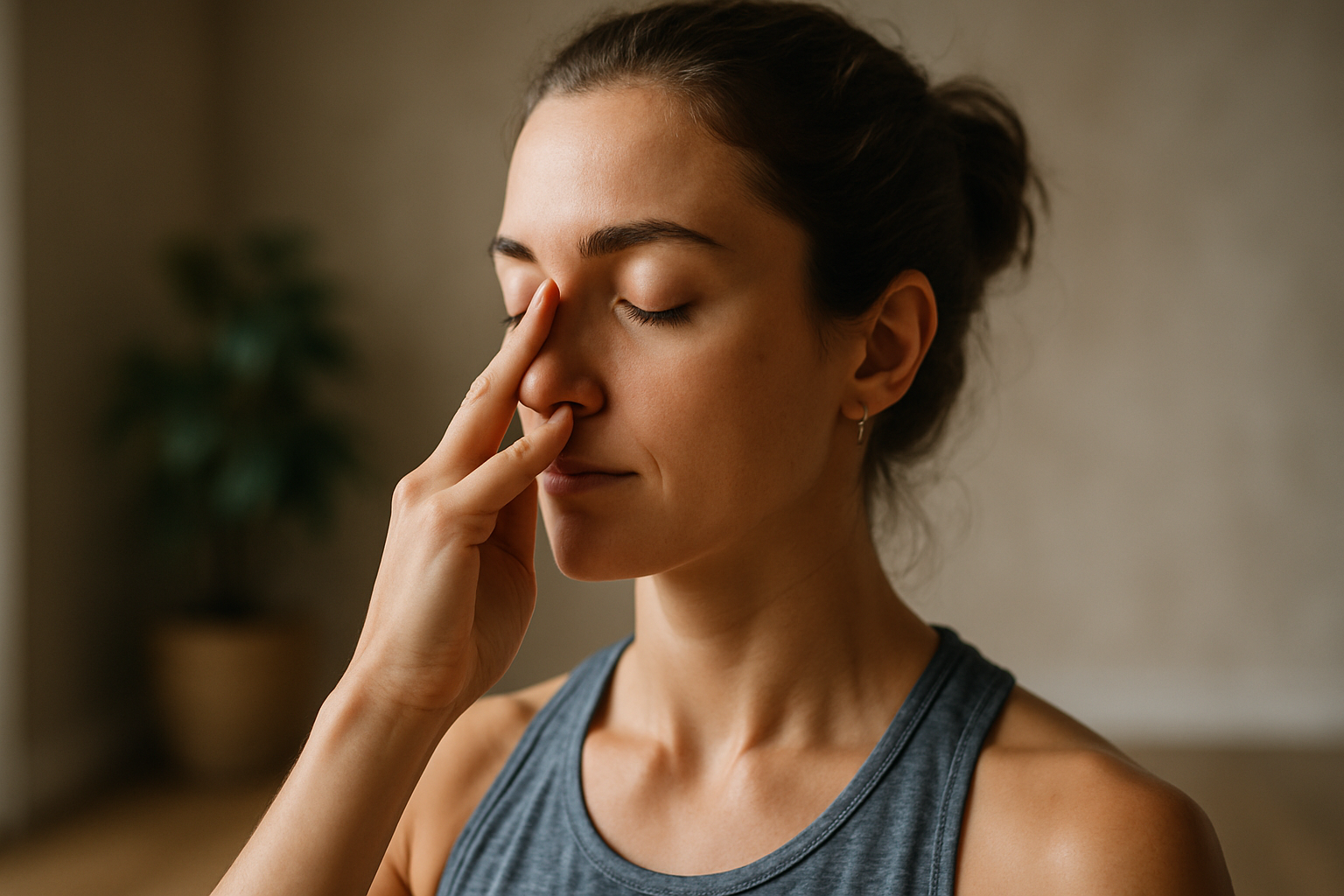Movement sequences to counteract prolonged sitting
Short movement routines can offset the physical and mental effects of long periods sitting. This teaser outlines practical sequences and lifestyle adjustments that support mobility, breathing, sleep, and energy across the day without needing special equipment or long time blocks.

Prolonged sitting affects posture, circulation, mood, and energy. Simple, repeatable movement sequences can reduce stiffness, calm the nervous system, and restore focus between long work sessions. This article presents accessible stretches and mobility drills paired with breathing, grounding cues, and habit ideas to help you integrate short practices into daily routines and support recovery, sleep, and resilience.
This article is for informational purposes only and should not be considered medical advice. Please consult a qualified healthcare professional for personalized guidance and treatment.
How can movement and grounding help?
Sitting compresses the hips, shortens hip flexors, and reduces mobility in the thoracic spine. A brief grounding and movement sequence—standing hip circles, slow forward folds, and gentle cat-cow—restores joint range and brings awareness back into the body. Grounding cues, like feeling the soles of your feet and shifting weight evenly, re-establish balance and can reduce the physical tension that often accompanies prolonged sitting. Aim for two to four short sequences daily to maintain mobility and boost energy.
Which breathing and relaxation techniques support recovery?
Combining movement with intentional breathing amplifies recovery. Practice diaphragmatic breathing for 3–5 minutes after a mobility set: inhale for four counts, hold one, exhale for six. This pattern supports relaxation, stabilizes heart rate, and reduces stress. Pair breathing with a progressive relaxation sweep—tensing then releasing major muscle groups—to relieve accumulated tension and improve sleep readiness later in the day.
How to build habits and routines for consistent movement?
Small, consistent habits make movement sustainable. Schedule micro-breaks every 30–60 minutes: a 60–90 second sequence of standing twists, calf raises, and shoulder rolls. Use cues tied to existing routines—stand at the end of a meeting, perform a set before lunch, or follow a stretch after a walking break. Track these micro-habits for a few weeks to strengthen routine formation and reinforce resilience against stiffness and fatigue.
How does nutrition, sleep, and recovery fit in?
Movement and nutrition work together to support energy and tissue repair. Hydration and balanced meals with protein and vegetables aid recovery after frequent micro-movements. Quality sleep consolidates the benefits of daily mobility by supporting tissue repair and cognitive focus. If movement before bed influences your sleep, opt for gentle mobility and breathing rather than intense activity. Recovery days with lighter activity—walking, stretching, or restorative breathing—help maintain long-term consistency.
How does mindfulness, focus, and stress relate to movement?
Mindful movement transforms a physical break into a mental reset. When you combine focused attention with slow, deliberate motion—feeling the stretch, noting breath, observing sensations—you support mental clarity and reduce stress. These short practices can improve focus for the next work block and contribute to overall resilience by teaching the nervous system to shift between activation and relaxation more effectively.
How can community and energy be integrated into routines?
Group or paired breaks—walking with a colleague, joining an online stretch session, or participating in a community class—add accountability and social benefits. Shared movement supports motivation and can make small routines feel more enjoyable, enhancing energy and commitment. If local services or classes are available in your area, consider occasional guided sessions to learn new sequences and refine form.
Conclusion Regular, short movement sequences paired with breathing and grounding practices can mitigate many effects of prolonged sitting. By embedding micro-breaks into daily routines, attending to nutrition and sleep, and using mindful attention, you can support mobility, reduce stress, and sustain focus and energy throughout the day.





